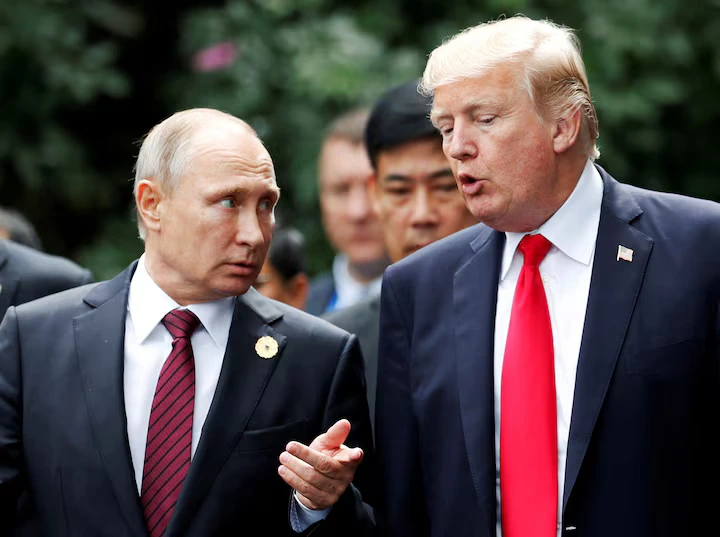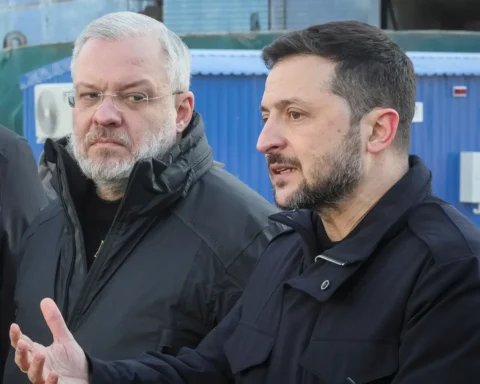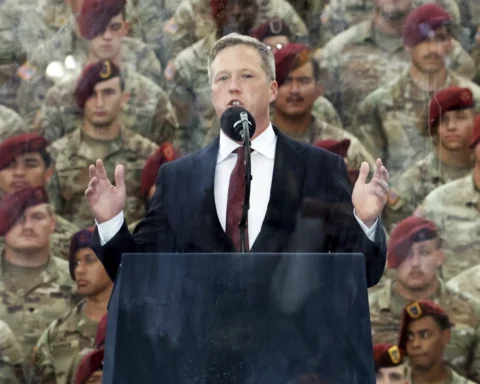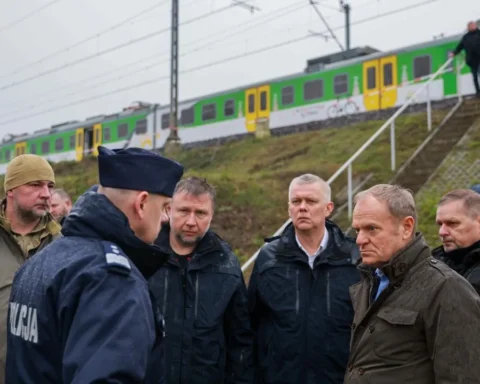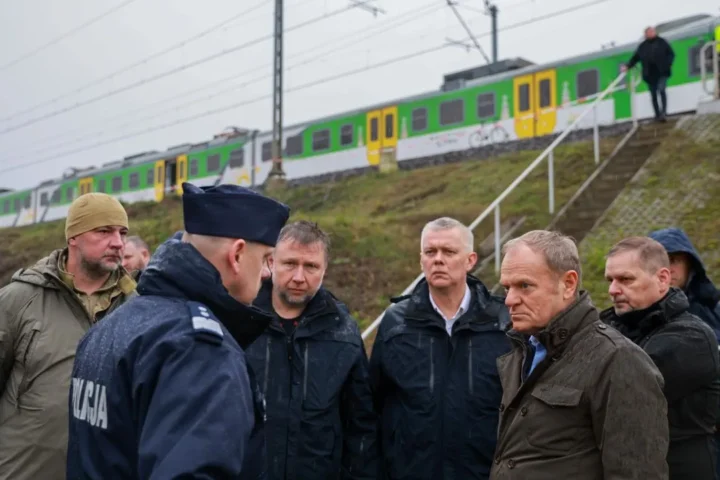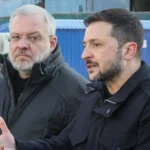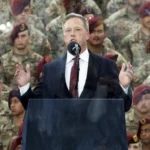U.S. President Donald Trump announced that on August 15 he will hold talks in Alaska with Russian President Vladimir Putin, aimed at reaching an agreement to end the war in Ukraine. According to the American leader, who spoke on Friday, the parties — including Ukrainian President Volodymyr Zelensky — are close to a ceasefire deal that could bring an end to the three-and-a-half-year-long conflict. However, he noted that the agreement could involve the transfer of significant territories between Ukraine and Russia.
Speaking to reporters at the White House, the Republican president hinted that there would be a mutual exchange of land.
“There’ll be some swapping of territories to the betterment of both,” Trump said.
The Kremlin soon confirmed the summit. Putin’s aide, Yuri Ushakov, stated that the leaders would focus on finding options for a long-term peaceful settlement of the Ukrainian crisis.
“Evidently, this will be a challenging process, but we intend to engage in it actively and energetically,” he emphasized.
On Friday evening, in his address to the nation, Zelensky said that a ceasefire was possible if sufficient pressure was applied to Russia. He noted that he had held more than a dozen conversations with leaders of various countries, and his team was in constant contact with the United States.
Territorial Disputes and Positions of the Parties
Russian President Vladimir Putin insists on recognition of Russia’s claim over four Ukrainian regions — Luhansk, Donetsk, Zaporizhzhia, and Kherson — as well as the Crimean Peninsula, annexed in 2014. However, Russian forces do not fully control the territory of these regions.
Earlier, Bloomberg reported that U.S. and Russian representatives were working on an agreement that would secure Moscow’s control over territories seized during the invasion. According to Reuters, the White House dismissed this information as speculation, while the Kremlin refrained from comment.
Ukraine has previously shown willingness to be flexible in searching for ways to end a war that has devastated its towns and cities and taken the lives of many soldiers and civilians. But losing about one-fifth of its territory would be a deeply painful and politically challenging step for Zelensky.
According to Tyson Barker, former Deputy Special Representative of the U.S. State Department for Ukraine’s economic recovery, the plan described by Bloomberg would be immediately rejected by Kyiv:
“The best the Ukrainians can do is remain firm in their conditions for a negotiated settlement, while demonstrating gratitude for American support,” said Barker, now a senior fellow at the Atlantic Council.
Bloomberg’s report suggested that the draft deal would see Russia halt offensive operations in the Kherson and Zaporizhzhia regions along current front lines.
Historical Context of the Alaska Meeting
The last time Alaska hosted a major diplomatic meeting was in March 2021, when officials from former Democratic President Joe Biden’s administration met in Anchorage with top Chinese diplomats. That meeting between U.S. Secretary of State Antony Blinken and China’s senior diplomat Yang Jiechi quickly turned into a public exchange of sharp criticisms, reflecting the tensions in bilateral relations.
Since returning to the White House in January, Trump has sought to improve relations with Russia and bring an end to the war. His public statements about Putin have ranged from praise to sharp criticism.
Amid growing frustration over Moscow’s refusal to end its military operations, the U.S. president threatened to impose new sanctions and tariffs starting August 9 against Russia and countries that purchase its exports unless the Kremlin agreed to end the conflict — the deadliest in Europe since World War II. By Friday evening, it was unclear whether these measures would be implemented or delayed.
On Wednesday, the administration took its first step in this direction by imposing an additional 25% tariff on goods from India over its imports of Russian oil — the first financial penalty against Moscow in Trump’s second term.
Diplomatic Efforts and Hopes for a Ceasefire
That same day, Trump’s special envoy, Steve Witkoff, held three hours of talks in Moscow with Putin, which both sides described as constructive.
Polish Prime Minister Donald Tusk, a close ally of Ukraine, said after meeting Zelensky on Friday that a pause in the conflict might be near:
“There are certain signals, and we also have an intuition, that perhaps a freeze in the conflict — not an end, but a freeze — is closer than it seems,” Tusk said.
According to him, Zelensky is “very cautious but optimistic,” and Ukraine wants Poland and other European countries to be involved in preparing for a ceasefire and an eventual peace agreement.
This article was prepared based on materials published by Reuters. The author does not claim authorship of the original text but presents their interpretation of the content for informational purposes.
The original article can be found at the following link: Reuters.
All rights to the original text belong to Reuters.


